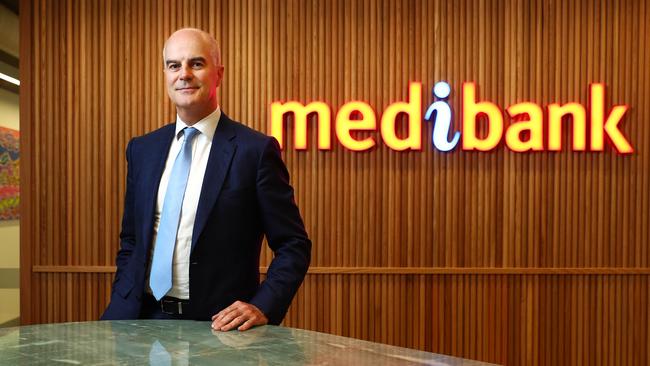Young lose out in vicious cycle of private health insurance

Health insurers reportedly saved $1bn from the cancellation of elective surgery because of COVID-19 restrictions. Despite these savings, they are reported to be pushing ahead with premium increases from October 1.
According to Medibank CEO Craig Drummond, its “core strategy” is “transforming the organisation into a broader health services company”. As an example, it is reported that Medibank is negotiating to spend $40m on East Sydney Private Hospital.
Drummond recently suggested “private health insurance will continue to offer customers choice in who, how, when and where their healthcare is provided”. However, vertical integration of insurers and hospitals means patients will have less say in how and where they’re treated.
In America there has been substantial health industry consolidation over recent decades, with insurers buying up hospitals and medical practices. Many regional markets are now dominated by a single hospital-insurer conglomerate.
Australians will oppose a fragmented US-style health system with its risk of “managed care”, whereby insurers seek to influence clinical practice.
There is wide community support for the principles of equity, efficiency, affordability and choice that underpin the broader Australian health sector. Private health insurance is a smaller part of the health sector. It should not evolve in ways that disrupt these accepted principles in the interest of shareholder profits.
Medibank is not only considering buying hospitals. It has a much broader agenda including, according to Drummond, “exploring alternative models of care, such as at-home care, and focusing on preventive care and chronic disease management”.
So-called “chronic disease management” is an area where health insurers risk confusing their contributors by needless duplication. In 2018-19 the commonwealth spent about $1.5bn on Medicare rebates to support GPs and various allied health professionals (physiotherapists, psychologists, etc) to provide “chronic disease management”. Many insurance contributors would already be benefiting from this initiative. Surely the insurers would do better to co-ordinate with GPs rather than confuse contributors by spending their premiums duplicating these established GP arrangements.
These expansionary initiatives by health insurers and recent changes to the complex of commonwealth legislation regulating private health insurance do not address the major force undermining the industry. The “community rating” system is broken.
Older people are accessing an increasing range of effective but expensive modern medical interventions. Younger people pay increasing premiums to cross-subsidise older members, creating a vicious cycle as younger people dropout.
From 2016-18 a committee comprising government bureaucrats and private health industry insiders huffed and puffed over the private health insurance industry and recommended changes, since legislated, that only pretend to address this breakdown in community rating.
Stephen Duckett, from the Grattan Institute and a former secretary of the commonwealth Health Department, recently commented: “Private health insurance is a muddle, with policy layered upon policy in the naive view more red tape will somehow fix the underlying issues.”
Australians are now offered four levels of cover: basic, bronze, silver and gold. The services covered by each level are laid out in bewildering detail in government regulations and range from very little with basic cover, a bit more with bronze, to the full menu with full-cost, gold-level policies. To add to the complexity facing contributors trying to choose a policy, individual insurers can add bits and pieces to these categories.
There is a very fundamental problem with this basic-bronze-silver-gold scheme, legislated last year. Insurance is about protection from risk and uncertainty. But under this new categorisation people are expected to guess what services they may require in future. It is a flawed scheme: for example, when my car insurance comes due can I hope to save money by purchasing cheap insurance covering just the front bumper, the doors on the left side and the right-hand side mirror?
Until the breakdown in the community rating is addressed the private health insurance industry will face uncertainty and decline, putting increased pressure on commonwealth and state budgets to fund the public hospital system. And today’s expansionary schemes being pursued by health insurers do not address this core underlying threat.
Insurers should not be using pandemic-delivered windfall profits to buy up bargains as part of a longer-term strategy that risks undermining the basic principles that underpin our health system. Given the COVID-19 crisis, and its dire economic consequences for many contributors, private health insurers should be investing to retain policy holders by reducing premiums.
Bill Coote was Australian Medical Association secretary-general from 1992-98 and director of the Medicare watchdog Professional Services Review from 2011 to 2016.



This pandemic crisis has created vast new challenges for the health sector, but an existential crisis facing Australia’s private health insurance industry remains.